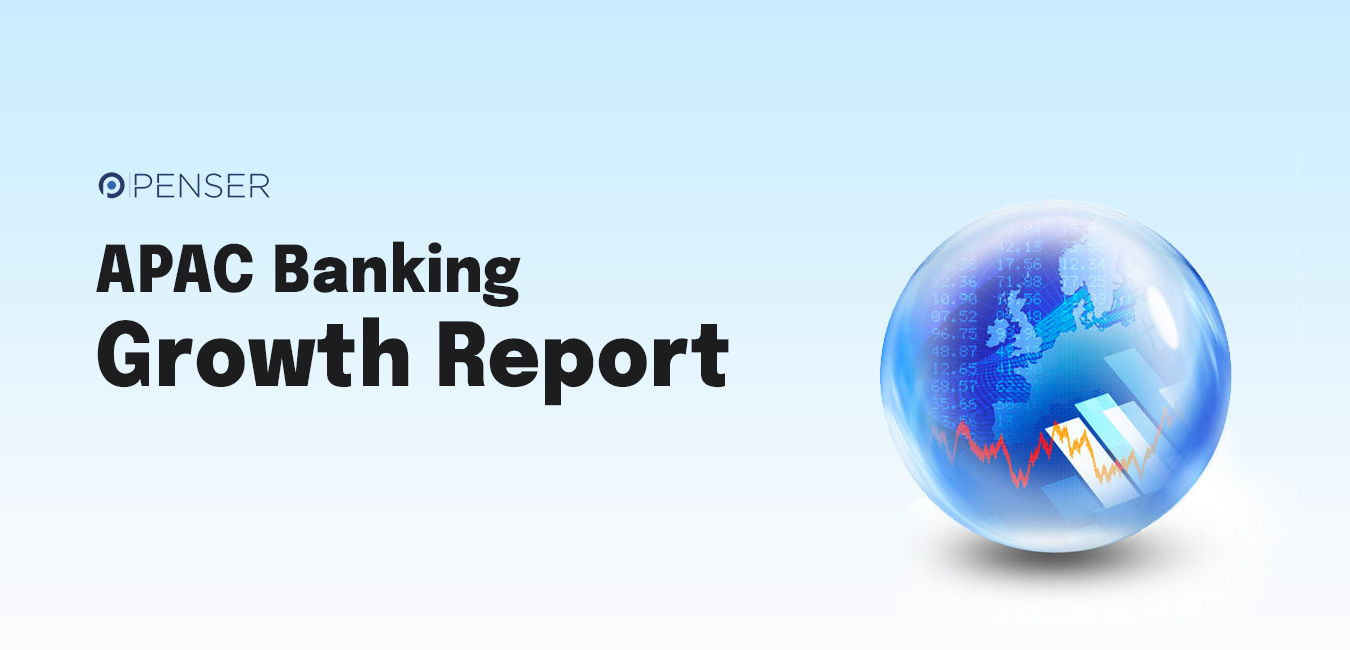
Twenty percent of the world’s digital challenger banks are based in the APAC region. Digital banks have received a positive response from Asian consumers and seen significant growth in their customer base compared to traditional banks and the 2020 pandemic has increased this gap.
With consumers relying more on digital platforms for banking, payments, and shopping, how is the APAC banking ecosystem evolving to accommodate this changing environment?
APAC Banking Situation Amidst Covid-19
Traditional banks are now reinventing their digital transformation initiatives to improve their digital fitness in order to recover from the pandemic-related setback. Banks are restructuring their operations and digital platform development teams to become more technologically advanced with their banking services.
For some digital banks, the social restrictions proved to be an opportunity. According to the Backbase banking research report, digital challenger banks saw a 300% growth in their customer base compared to traditional banks in 2020. While some fintech companies and neobanks had to suspend their business operations due to COVID-19 challenges.
However, Backbase researchers believe that this setback is temporary. The research report predicts that by 2025, the APAC region could see close to 100 new digital banks. The research also indicates better performance of fintechs related to digital payments, wealth management, advisory, along with lending, and insurance.
As neobanks and fintechs continue to increase, it could further increase the problems for banks that are yet to be digitalized.
APAC Banking Growth & Potential Markets Overview
Many countries in the APAC region have significantly high unbanked populations. Many countries in the APAC region, such as India, Philippines, Vietnam, Thailand, Malaysia, and Indonesia hold substantial growth potential. The regulatory authorities in these countries are working to increase the digital awareness of consumers.
However, some countries are yet to take their first step towards digitalization. For example, the Philippines does not have a fully digital bank yet. The country may see its first fully digital bank, with a full-fledged digital onboarding and execution process, by 2022. Six of the top 10 Philippines banks will be launching their own digital banking brands in the market. Based on recent surveys, 60% of the consumers in the Philippines are willing to change their banking service provider to a more digital bank that provides better services and convenience. New lending and payment products, such as micro-loans, personal loans, buy now pay later (BNPL) could further enhance this relationship between neobanks, fintechs, and consumers.
According to Backbase’s Fintech & Digital Banking report, 70% of Vietnam’s adult population has a bank account, but a sizeable portion of these consumers do not have access to credit or modern banking services. 56% of these consumers claim that there are several other banking services that are not available to them. The government has approved a ‘Mobile Money’ program to stimulate the cashless economy by 2025. To achieve this, many digital banks are collaborating with each other, fintechs, and telecom companies to create a cashless digital economy. These organized initiatives could help mobile monetary transactions in Vietnam increase exponentially between 2021 and 2025.
The government of Malaysia will soon start accepting applications for digital banking licenses. The licenses will be issued by early 2022 to accelerate its digital banking growth.
Currently, 80% of Thailand‘s population has access to basic banking services. Digital banks could be the bridge that connects the remaining 20% of the population to banking facilities.
Australia recently launched its own open banking initiative, but 80% of its banking assets in Australia are dominated by big banks, such as ANZ, Commonwealth Banks, and NAB. The lack of trust in carrying out mobile transactions is another challenge that neobanks face in Australia. However, Backbase research analysts believe citizens will be more open to mobile banking in the coming years.
Having said that, the banking industry in the APAC region has outperformed global banking averages for many years. In 2018, the APAC banking sector generated approximately $1.6 trillion in revenues. The profits before taxes were $700 billion, 37% of the total global banking profit pool.
The challenge for these new-age banks will be to gain the confidence of the population. Banks must reinvent themselves to emerge successfully. They need to move on to a more flexible operating model, with proper technology and data analytics infrastructure in place. In the current times, customer satisfaction is key. Modern-day consumers do not hesitate to change their banking service provider if they feel that there are better service providers available, who can provide a plethora of banking services at the touch of their fingertips.
Penser is a UK-based specialist fintech and payments consulting firm with experience working for clients in the digital payments, digital banking, and mobile payments sectors. Our services include:
- Conducting Due Diligence to guide business investment decisions
- Strategic Planning to drive growth and scale business
- Digital Transformation of businesses
- Assisting with restructuring and turnarounds to improve business operations and tackle financial challenges
Get in touch here hello@penser.co.uk to learn how we can help your business expand globally.
